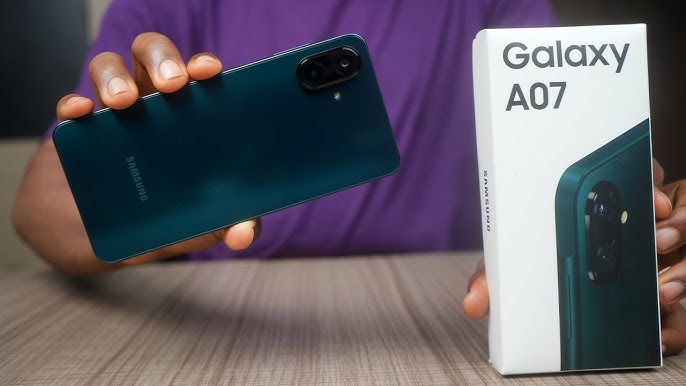By: Yasin Ramadhan
Connectivity has inevitably become a basic need across all spheres of life today. In the fast-paced world of technology, staying connected and having a reliable internet access is crucial for both individuals and businesses alike. The advent of 5G technology has brought forth promises of faster speeds, lower latency, and enhanced connectivity. Simply put, 5G is the fifth generation of wireless technology that enables faster and more reliable data transmission over cellular networks.
The big question on many people’s minds right now is; how does 5G fare against the well-established Fiber and 4G technologies in terms of reliability and cost? In this blog, Yasin Ramadan, MTN Uganda’s senior manager for network planning and engineering relays a comparative analysis to highlighting the strengths and weaknesses of each technology.
Reliability
5G: 5G technology offers significant improvements in reliability compared to 4G. Its low latency that is less than 1milisecond and higher data transmission rates of over 1GB per second provide a more stable connection, especially in densely populated areas. However, 5G’s reliability may be influenced by factors such as signal interference from buildings and obstacles. Due to its higher capacity, 5G can handle more than 1 million connected devices per square kilometer without compromising performance.
Fiber: Fiber-optic internet is widely regarded as the most reliable internet connection available. Since it uses light signals through optical cables, it is less susceptible to signal interference and external factors. Fiber offers symmetrical upload and download speeds, making it ideal for applications that require consistent, stable connections, such as video conferencing and cloud-based services. It is important to note though that the deployment of fiber requires either trenching or use of overhead lines which will require right of way acquisition, road crossing approvals, and the like which would translate in cost, delay to provide service and sometimes complete failure to get the deployment done.
4G: 4G LTE technology has been a reliable option for mobile connectivity for years. While it provides decent reliability for most day-to-day tasks, its performance may vary based on network congestion and signal strength, making it less consistent compared to fiber and 5G.
Verdict: Fiber takes the lead in terms of reliability, providing a consistent and stable connection. 5G follows closely behind, with its low latency and fast speeds, while 4G lags in terms of consistent performance.
Cost
5G: As 5G technology is still relatively new, its implementation costs are higher, especially for network infrastructure. Initially, 5G-compatible devices might also come with a premium price tag. However, as 5G becomes more widespread and competition increases, costs are expected to become more competitive.
Fiber: Fiber internet can be cost-effective in the long run due to its lower maintenance requirements and higher efficiency. The initial installation cost of fiber infrastructure can be higher, but the benefits of faster and more reliable connections can outweigh the cost.
4G: 4G technology is widely available and relatively affordable for consumers. However, data plans for mobile 4G usage can become costly, especially for heavy data users.
Verdict: 4G is the most cost-effective option for mobile connectivity, but for fixed internet connections, fiber offers excellent value in the long run. 5G’s cost-effectiveness will improve with time as the technology matures and becomes more widely adopted.
In conclusion, each technology, 5G, Fiber, and 4G, has its advantages and disadvantages when it comes to reliability and cost. 5G brings faster speeds and lower latency, making it ideal for high-bandwidth applications, but its reliability might be influenced by signal interference. Fiber-optic internet offers unparalleled reliability but may come with higher initial installation costs. 4G provides mobile connectivity at an affordable price, but its reliability can fluctuate based on network congestion.
Ultimately, the best choice depends on individual needs and priorities. Businesses requiring consistent and high-speed connections may opt for fiber or 5G, while consumers seeking affordable mobile connectivity may prefer 4G. As technology continues to evolve, we can expect all three options to improve and to continue to exist, providing better and more accessible internet connectivity for everyone.










